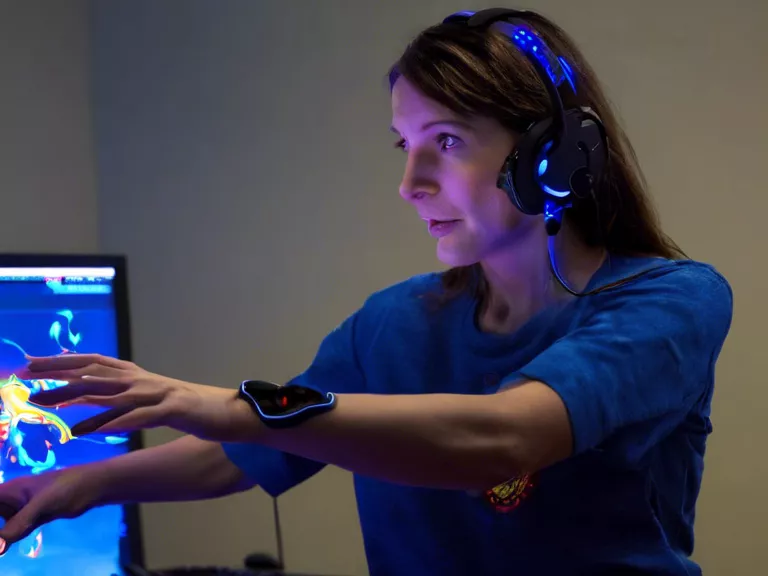
Biometric gaming is a new and exciting field that is tapping into the potential of using players' own physiological data, such as heartbeats, to influence gameplay. This innovative approach not only adds a unique element to gaming experiences but also opens up a world of possibilities for creating more immersive and personalized games.
By measuring players' heart rates in real-time, game developers can create gameplay mechanics that respond to changes in the player's physiological state. For example, a horror game could increase the intensity of scares based on the player's heart rate, making for a truly heart-pounding experience. On the other hand, a relaxation game could adjust its calming features to help lower the player's heart rate and reduce stress.
Moreover, biometric gaming has the potential to enhance player engagement and make games more challenging by adjusting difficulty levels based on the player's heart rate. This dynamic gameplay can keep players on their toes and provide a more tailored experience that adapts to their individual preferences and abilities.
Another exciting possibility of biometric gaming is the use of heart rate data to create new types of multiplayer experiences. By incorporating biometric feedback from multiple players, developers can design cooperative or competitive gameplay that hinges on syncing heart rates or competing to increase or decrease them.
As technology continues to advance, the potential for biometric gaming to revolutionize the industry is limitless. From health and wellness applications to innovative gameplay mechanics, the integration of biometric data like heartbeats opens up a new frontier for game development. The future of gaming may very well be shaped by the rhythm of our bodies.
american-boffin.com
bfbchamp.com
democraticcoma.com
tigrepelvar.com
charpoles.com
derbywheelblazers.com
fansfocus.net
guildnow.com
hediyeteyze.com
isprimecdn.com
kiira-korpi.net
manutd24.com
mediumtylerhenry.com
mishanghai.org
savethreestrikes.com
smilesbydavis.com
10puntos.net
band-shirt.com
icelandtrails.com
paulmarioday.com
thefunnynanny.com
Dave Tries Ballet
Buon Grande
Criacao Sites
Perry Perkins Books
Writing Essay in AU
Ka Soku
Blood is Blood Movie
Eleanor Writes Things
The Happy Prince Beirut
Town of Witless Bay
Online Igrovoi Club
Trigeminal Neuralgia - Ronald Brisman MD
Chocolate City Burlesque
Advanced Electric Scooters
W Tougei
Breadboard Maniac
Takasu App



